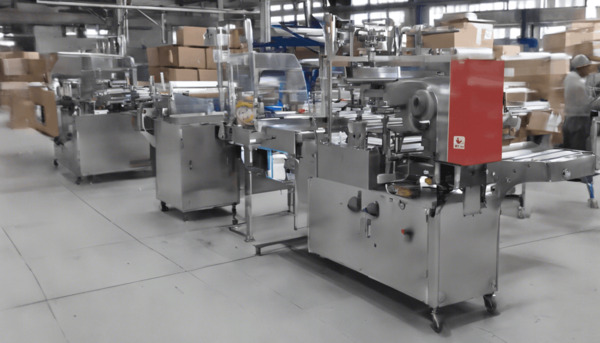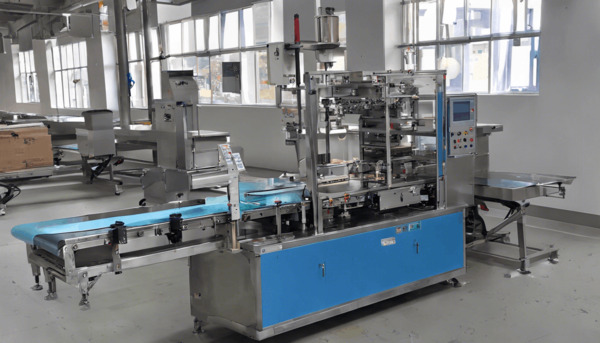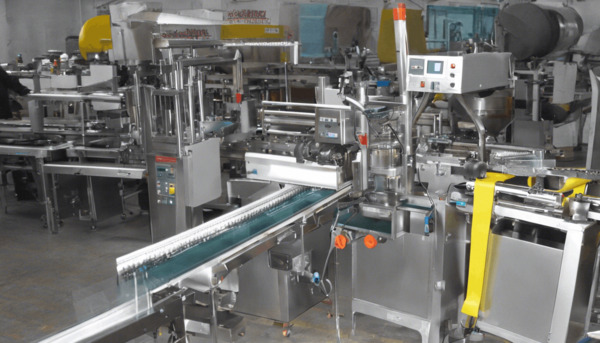
Understanding Carton Price
Carton price refers to the cost associated with the production, purchase, and sale of cartons, which are typically used for packaging and shipping goods. The price of cartons can vary significantly based on several factors including the material used, size, design, printing requirements, order quantity, and the supplier’s pricing strategy. Understanding these factors is crucial for businesses that rely on cartons for their packaging needs, as it directly impacts their overall cost structure and pricing strategy.
Factors Influencing Carton Price
Several key factors influence the price of cartons. These include:
Material: Cartons can be made from various materials such as corrugated cardboard, paperboard, or recycled materials. The choice of material affects durability, weight, and environmental impact, all of which influence the cost. Corrugated cardboard, for instance, is often more expensive due to its strength and protective qualities.
Size and Design: Larger cartons or those with complex designs and custom shapes tend to be more expensive. Customization often requires additional manufacturing processes and materials, increasing the overall cost.
Printing and Branding: Companies often require cartons with specific branding, logos, or designs. The complexity and number of colors used in printing can significantly affect the price. High-quality printing and finishes like gloss or matte can also add to the cost.
Order Quantity: Bulk orders typically benefit from economies of scale, reducing the per-unit cost of cartons. Suppliers often offer discounts for larger orders, making it cost-effective for businesses to purchase in bulk.
Supplier and Location: The choice of supplier and their geographical location can impact the price due to differences in labor costs, material availability, and shipping expenses. Local suppliers might offer lower shipping costs, while international suppliers might provide cheaper materials.
Market Trends and Carton Pricing
The carton industry is influenced by broader market trends such as sustainability, technological advancements, and changes in consumer preferences. As more companies strive to reduce their environmental footprint, there is a growing demand for eco-friendly packaging solutions. This shift can affect carton prices, as sustainable materials and processes might be more costly.
Technological advancements in manufacturing and printing can also impact pricing. Automation and improved printing technologies can reduce production costs, potentially lowering prices for consumers. However, initial investments in new technology might temporarily increase costs for suppliers.
Strategies for Managing Carton Costs
Businesses can adopt several strategies to manage and optimize their carton costs:
Supplier Negotiation: Building strong relationships with suppliers and negotiating terms can lead to better pricing and terms. Long-term contracts might offer stability in pricing and supply.
Bulk Purchasing: Taking advantage of bulk purchasing can significantly reduce the per-unit cost of cartons. Planning and forecasting demand accurately can help in placing bulk orders without overstocking.
Material Optimization: Selecting the right material that balances cost, durability, and sustainability can optimize expenses. Exploring alternative materials that offer similar properties at a lower cost can be beneficial.
Design Efficiency: Simplifying carton design without compromising on functionality can reduce production costs. Efficient design can also minimize material waste, contributing to cost savings.
Conclusion
Understanding carton price and the factors influencing it is essential for businesses that rely on packaging solutions. By considering material choices, design requirements, and market trends, companies can make informed decisions to manage their packaging costs effectively. Strategic supplier relationships and efficient purchasing practices can further enhance cost management, ensuring that businesses remain competitive in their respective markets.





